NEW YORK—Maia Acquaviva crossed an avenue in lower Manhattan, arms wrapped around paper bags bursting with flaky loaves of bread. The freshly-baked shoti, a traditional Georgian bread, would soon be on the plates of diners at Oda House, Acquaviva’s restaurant in New York’s East Village. Guests would use the bread to sop up chakapuli, a slow-cooked lamb stew, and pkhali, a spread of vegetables, walnuts, and herbs.
Oda House is one of the earliest in a wave of Georgian restaurants that have opened in Manhattan since 2013. The growth of Georgian cuisine in Manhattan comes as an immigrant community finds its footing in New York: Georgians began immigrating to the US in large numbers since the country declared independence from the Soviet Union in 1991. Since then, Georgian families in south Brooklyn have opened restaurants and bakeries serving the immigrant community.
However, as Georgian immigrants deepen their roots in New York, they have become enthusiastic about bringing their cuisine to a wider audience. At the same time, growing political affinities between the US and Georgia have led to increased American travel to Georgia. As Georgian restaurateurs open bistros and cafes, then, they are finding New Yorkers’ palates primed for new flavors.
“Everyone came and brought their food,” Acquaviva said of previous immigrant groups to New York. “We came very late in this country. We have excellent cuisine, too, so now we can show the world who we are.”
Slowly but surely, New Yorkers are coming to see what, exactly, Georgian food is.
The Restaurant Boom
Acquaviva was born 50 years ago in Georgia—the former Soviet republic, not the US state. She grew up cooking and learning traditional recipes from her grandmother. “I was 7 years old when I baked my first cake,” she said. But she grew up to be a doctor, and practiced as a plastic surgeon in Georgia for two decades.
When Acquaviva moved to New York in 2007, she chose to forgo the arduous, years-long licensing process that foreign-trained doctors must go through to practice medicine in the US Instead, she went to culinary arts school and took a job as a chef at Mari Vanna, a Russian restaurant in Manhattan. There, she made Georgian specialties like khachapuri, the cheese-filled breads that are both a staple and signature of the cuisine.
She opened her own restaurant in the summer of 2013, and named it Oda House after the wooden country home where she used to visit her grandmother. “No one wanted to leave,” she said of her grandmother’s kitchen. She hoped that her restaurant would have the same effect on diners.
Oda House was only the second Georgian restaurant to open in Manhattan, coming slightly after the opening of Pepela, which bills itself as a “modern European and Georgian” restaurant. A third restaurant joined the scene in 2014, when Vasil Chkheidze, Vano Kratsashvili, and Pikria Basaria opened Old Tbilisi Garden, in the West Village. A year later, Brighton Beach favorite Toné Café set up an outpost in Manhattan. In early 2016, Red Compass opened a 15-minute walk away from Oda House. The wave continued this fall when Netty Davit’ashvili opened Cheeseboat. It’s in Brooklyn, but its location in Williamsburg means that it is physically and mentally closer to Manhattan than to Brighton Beach.
New York’s Georgian restaurant owners fight an uphill battle, since many New Yorkers are largely unfamiliar with the cuisine. Beka Peradze, the owner of Red Compass, said that customers to his restaurant are sometimes confused about what, exactly, they are eating. “Some people think Georgia, like from the south,” he said. “We get people who know and people who have no idea.”
How to make khachapuri, the Georgian cheese boat
From Georgia to New York
The increased number of Georgian restaurants in New York parallels increased migration of Georgians to the city over the past two decades. According to the city’s 2013 “Newest New Yorkers” report, which tracks immigration, 1,842 Georgians received permanent resident status and settled in New York City between 1992 and 2001. Immigration tripled between 2002 and 2011, with 4,842 Georgians settling in the city. A quarter of these immigrants came on “diversity visas,” which are typically granted to residents of countries with low levels of immigration to the US.
Those who have migrated to New York are part of the Georgia’s larger migration story: Only about 3.7 million people live in the country, according to the its 2014 census. That figure dropped from more than 5 million residents in 1989, when Soviet authorities conducted the final census taken before Georgia declared independence in 1991. The reason for the population decrease has been mass emigration: “More than one million people have left the country due to the civil wars, unrest, unemployment, and overall chaos in the country following the breakup of the Soviet Union,” Darejani Markozashvili and Laura Linderman wrote in a 2014 report released by the Atlantic Council.
Seated around a table at Old Tbilisi Garden, owner Vasil Chkheidze and artist George Kandelaki, whose works appear on the walls of the restaurant, recalled the reasons why they left Georgia in the 1990s.
“It was tough times in Georgia,” Kandelaki, said of 1992, the year he and his father left Georgia for the United States. That year, the first democratically-elected president was deposed in a coup. The government fought wars with Abkhazia and South Ossetia, two separatist regions with predominantly ethnic-minority populations, that left thousands of people dead and forced hundreds of thousands to leave their homes.
By the time Chkheidze left for New York in 1998, when he was 20 years old, the political situation had improved. Still, Georgia, like other post-Soviet economies, faced high inflation and large budget shortfalls. “It was high unemployment. It was tough to make it there. I came to discover a new life,” he said. When he reached New York, Chkheidze started a limousine business, which he sold to open the restaurant.
Both Kandelaki and Chkheidze have gone back to Georgia in the past year to visit family and friends. They spoke of the deep contrast between what they saw on recent visits and their memories of Georgia during the 1990s. “There was no more crime,” Kandelaki said. “And everything was working.”
“There were no lines to get food,” Chkheidze added, nodding.
The contemporary Georgia described by Kandelaki and Chkheidze has grown politically closer to the United States. After the Rose Revolution in 2003, Western-oriented technocrats under the leadership of Mikheil Saakashvili pushed economic liberalization and NATO membership, an issue that prompted strident Russian objections and culminated in the 2008 Russo-Georgian war. Georgia remains outside the Western alliance.
Public schools in the country mandated English instruction for primary and high school students, supplanting the long-held policy of teaching Georgian students Russian. These English-speaking young people head to the US and the UK to seek employment.
The growing closeness between Georgia and the US led the country to drop its visa requirements for US citizens in 2005. Since this time, increased numbers of American businesspeople, English teachers and travelers their way to Georgia—in 2015, more than 30,000 Americans visited the country, according to Georgian National Tourism Administration figures, and in June 2016 the head of the country’s tourism department, Giorgi Chogovadze told Georgia Today that visitor statistics had “shattered our previous record.”
When these visitors come back to the US, many seek out Georgian restaurants.
Old World, New Flavors
Food critics and travel writers are among the Americans swelling Georgia’s tourism numbers. Coverage of Georgian food and wine in major publications like The New York Times and Condé Nast Traveler have been key to their growing popularity in the US, according to Netty Davit’ashvili of Cheeseboat. “Friends started asking, why don’t you ever take us to Georgian restaurants?” she said.
Davit’ashvili, who is a generation younger than Acquaviva and Chkheidze, attended an American high school in Tbilisi, Georgia’s capital. For her, traditional Georgian dishes are a key way of connecting with family.
“Georgian food is predominantly family-made,” she said. “We love sharing food. We love eating with and cooking for other people.” When Davit’ashvili, a former fashion designer, decided to open Cheeseboat, she enlisted her family’s help. Her mother, father, brother and sister all arrived in the US. in August, a month before the restaurant opened. Her recipes are based on her mother’s, and her brother, who is studying business in the UK, oversees the books and the back office.
Davit’ashvili’s cuisine, which serves Georgian classics alongside Brooklyn-esque updates—like khachapuri with truffle butter and bacon—is designed to turn new diners into Georgian food aficionados. “I started looking for spots in Williamsburg. My target customer is here—young, ready to experiment. I didn’t want to make it, almost, too exotic,” she said.
Her brother noted that the Williamsburg location meant that the restaurant’s customers are mostly Williamsburg residents and other non-Georgians who wanted to try new flavors. “This is far from the Georgian community,” Shako Davit’ashvili said. “Only our Georgian friends come here regularly.”
Acquaviva and Chkheidze also said most of their customers are predominantly Americans and Russians living in Manhattan. “I think every Georgian living in Brooklyn has been here at least once,” said Chkheidze, but it is a long trip to make frequently.
Acquaviva, Chkheidze and Davit’ashvili agreed that word-of-mouth was by far the most important way that customers came through the door to try Georgian food for the first time. They all welcome many Americans who have lived in Georgia. “A lot of people already know what to order,” Chkheidze said. “People have good memories in Georgia.”
For Davit’ashvili, Georgian cuisine wins over new converts because it blends familiar tastes—like hearty, marinated and herbed meat stews—with new ones, like walnut paste and pomegranates. And khachapuri is a universal draw, for restaurant critics and children alike. “It’s very different, but who doesn’t like bread, cheese and butter?” said Davit’ashvili.
Still, some changes in traditional Georgian cuisine were necessary to suit American audiences, said Peradze, of Red Compass. “Georgians, they love salty stuff,” he said. “At first, customers complained that the food was too salty, so we had to take out the salt.”
Even with these minor adjustments, for the owners and chefs at these restaurants, serving Georgian food is a way to share their culture with their adopted country. At the same time, it’s a way to connect with a home that is physically far away. “Always, Georgia is in my heart and on my mind,” Chkheidze said.
All photos by Jessica C. Salley.
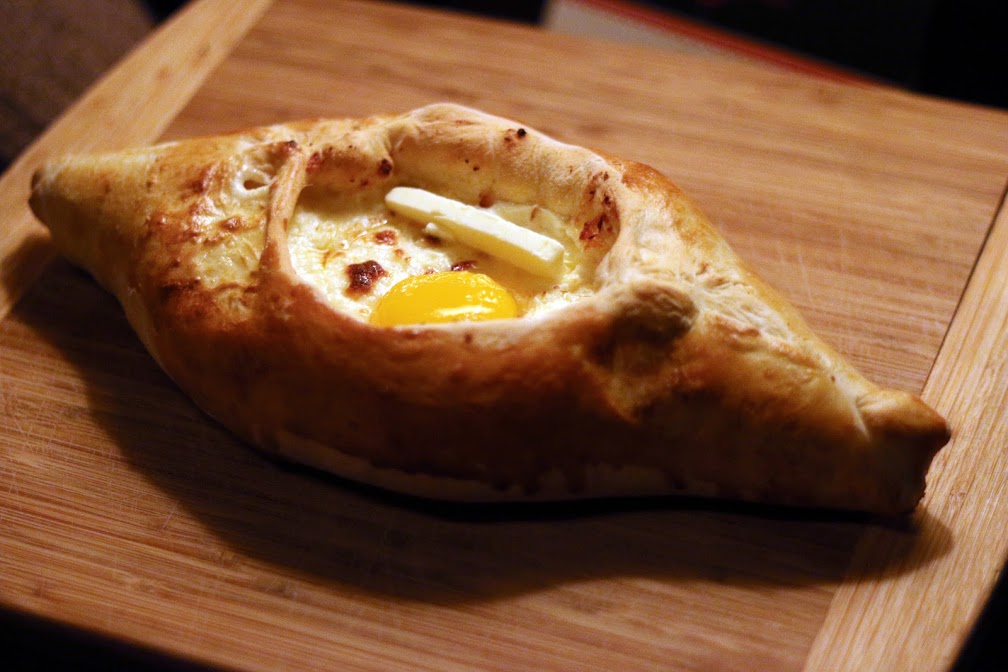
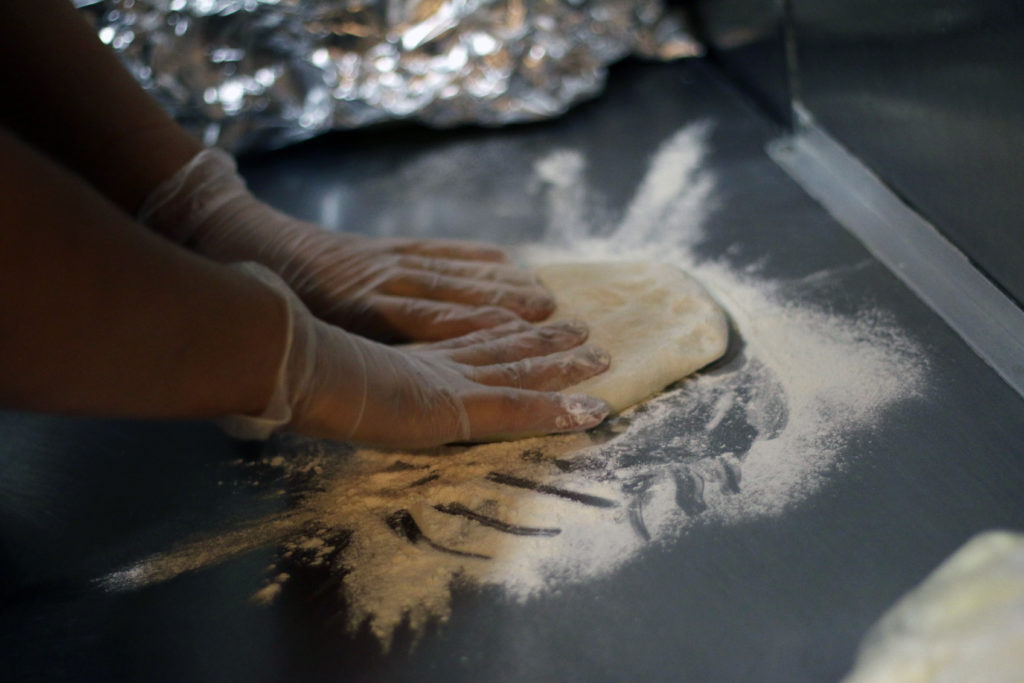
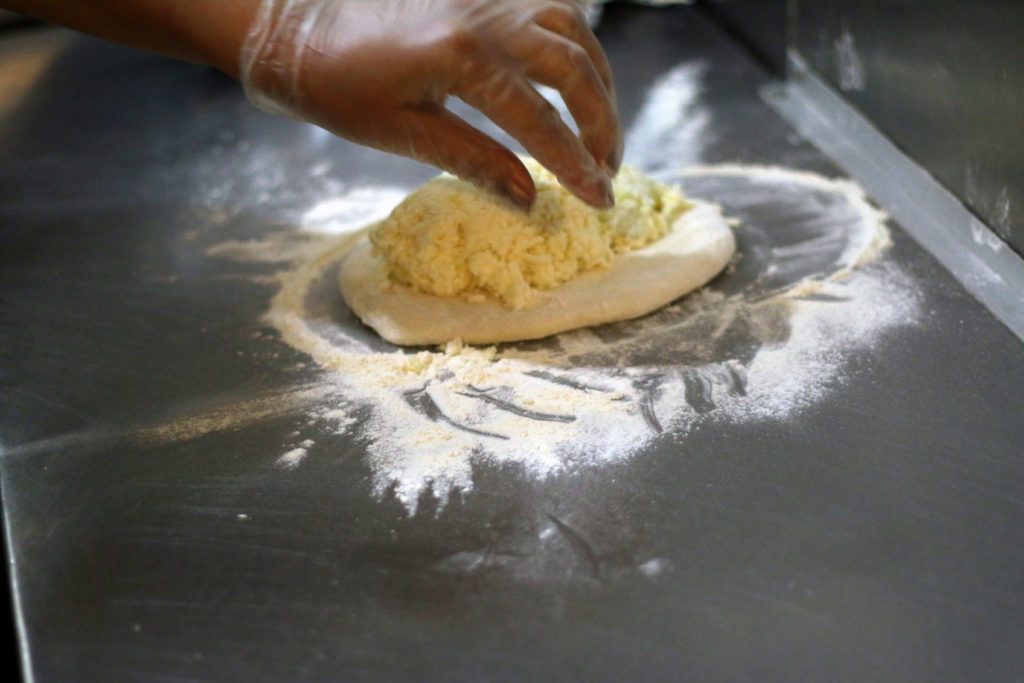
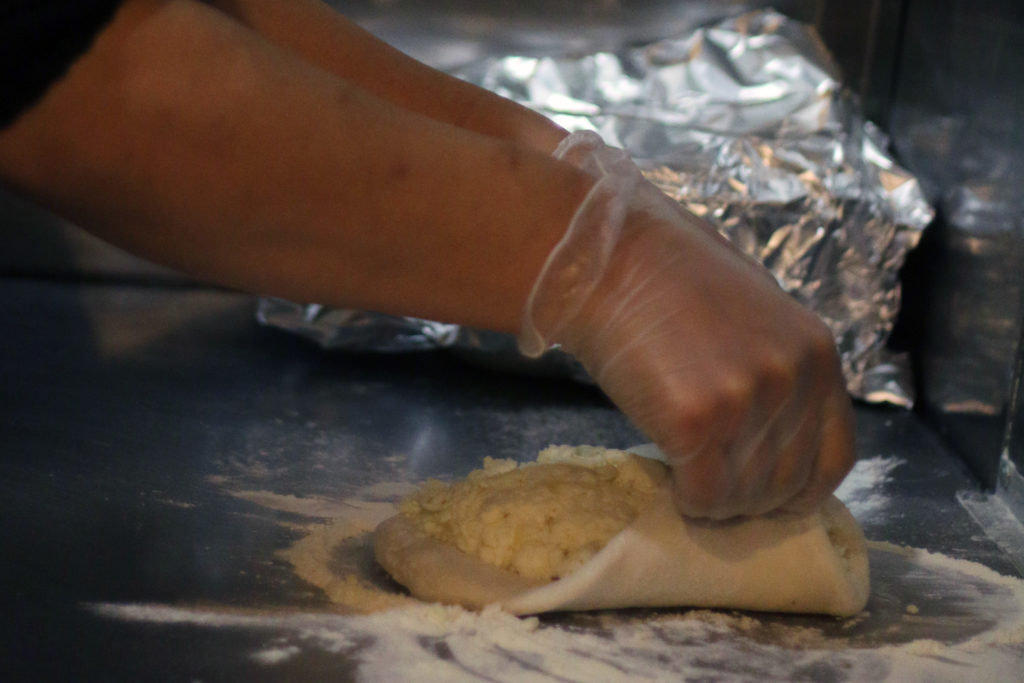
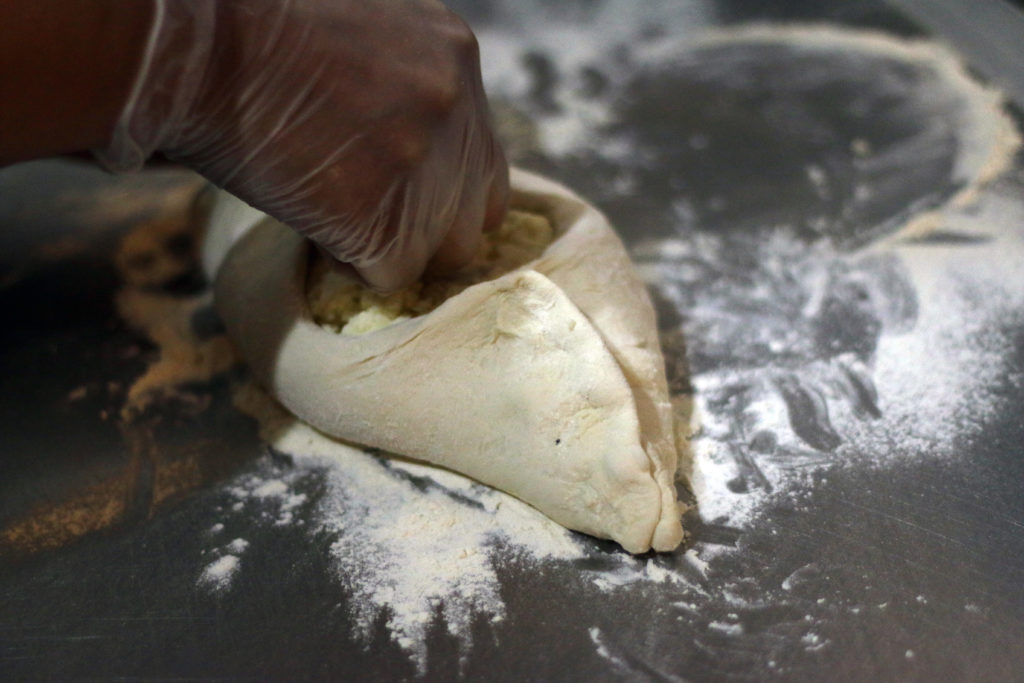
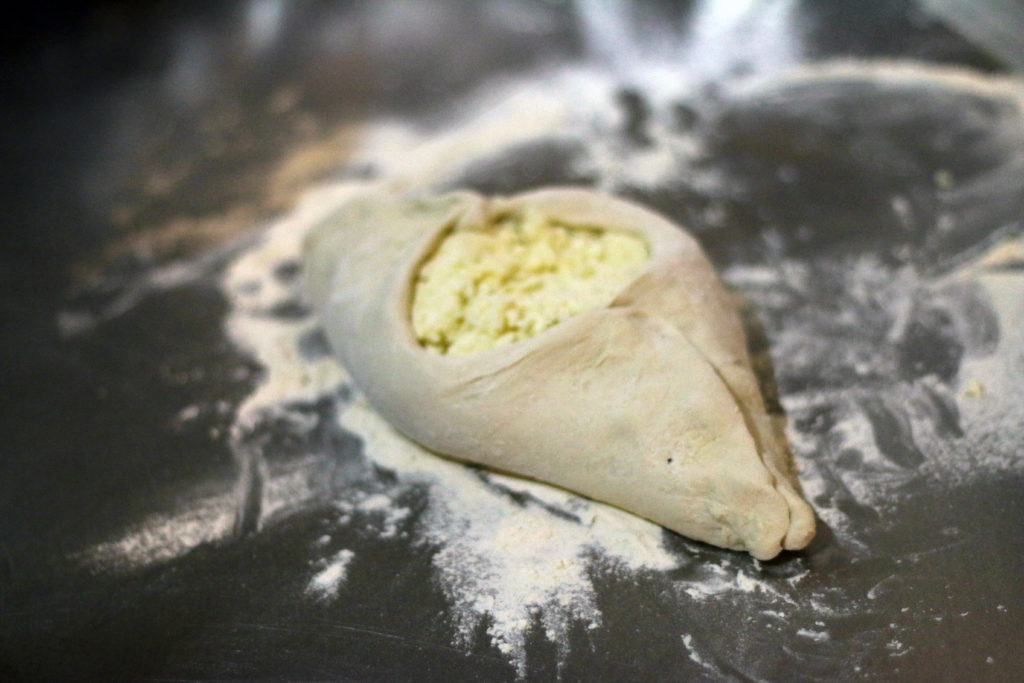
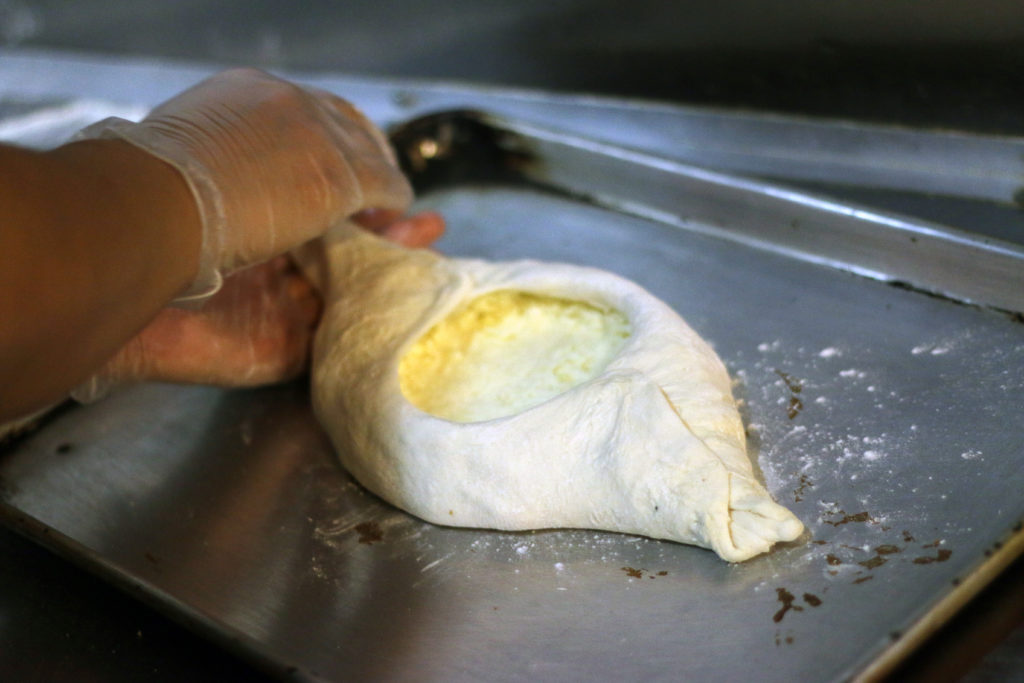
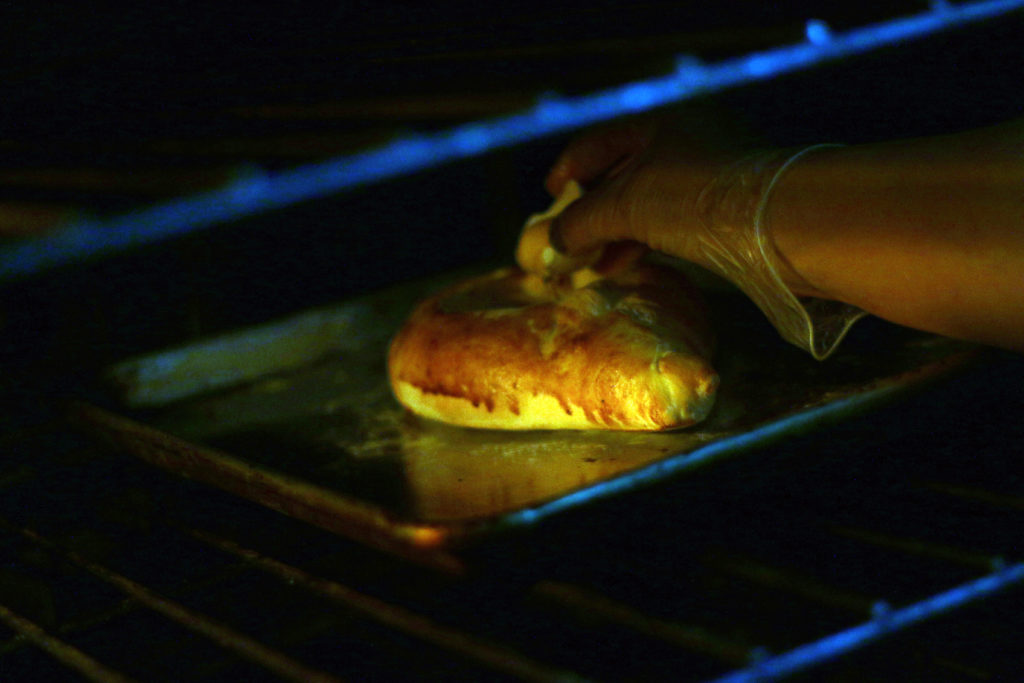





There are a lot of bookies in Indonesia who have
been goaded to near their businesses before Indonesia adopted a feign that prohibits
every forms of gambling. Because of this phenomenon and is supported by technological advances that are utterly
rapid, since after that every gambling undertakings are no longer carried out freely and lonesome shaped online such as online soccer betting or online casino.
Progress is not without challenges, because the
easier admission to guidance technology, many irresponsible people
begin to acknowledge advantage. Looking for allowance by scouting gambling agents and utilizing the fans of gambling off protect by
scamming, fraud, phishing, etc.
Different from Us! Our official site isolated gives members access to soccer gambling
and online casino games that have been proven safe and
reliable. Gambling games from gambling game provider sites
that we offer, have a totally good reputation, both in terms
of the system and its services to customers.
Online gambling is no longer just a game that is curtains to fill spare time, now many people have made online gambling
a profession that generates a lot of money, and this is really a reality.
There is already a lot of evidence that shows that online gambling games have
indeed been transformed into a unquestionably profitable
business.
Since varying its form to online gambling, this game is increasingly read to every circles.
Where past online gambling was and no-one else understandable to upper class people,
now everyone can experience and get the thesame opportunity.
with else can you find a matter that is profitable but as a consequence fun to do.
The uniqueness of the online gambling industry in Indonesia is that Indonesians cannot register directly to online gambling sites that have enough money
gambling games because they are blocked by Indonesian affect which prohibits gambling.
Therefore, a connecting portal is needed that can be a bridge amid online gambling fans and online gambling game providers.
Therefore, the presence of online gambling agents is extremely important in Indonesia.
The work of online gambling agents is to meet the expense of domestic potential players with entry
to games provided by online gambling sites by providing instruction to make an official account that can be
used to log into the game.
One of the ascribed online gambling agent sites that give
these facilities is Sbobet.media. Sbobet.media
has been a propos past 2017 and has become a partner for millions of
online gambling players in Indonesia to the best and most trusted
online gambling game. For those of you who want to register,
you on your own craving to visit the site and register online.